Pool calcium deposits, also known as scale, are not a new pool phenomenon. In fact, they have been plaguing our pool tiles since forever. However, calcium deposits aren’t something to worry about. There are ways to clean your tiles and restore your pool’s beauty.
In this article, we explain what pool calcium deposits are, how they form, and most importantly, how to remove calcium deposits from your pool.
The Ins And Outs Of Calcium Deposits
What Are Calcium Deposits?
Calcium deposits are the white buildups you often see along swimming pool tiles.
Calcium can form into two different compounds: calcium carbonate and calcium buildup. Carbonate is the film-type substance, while calcium buildup is composed of sand that leaves a sharp, crystallized buildup.
Over time, the calcium layers will thicken and develop into calcium deposits.
What Causes Calcium Deposits?
So, what exactly causes this buildup? You can blame your pool’s water chemistry. Both compounds are caused by a pH imbalance. Ideally, your pH levels should be between 7.4 and 7.6.
A pH of 7.8 or higher, an alkalinity level greater than 120, or calcium hardness levels higher than 1000 ppm (hard water) causes calcium buildup. In short, the calcium carbonate separates from water and sticks to your pool walls.
How To Remove Calcium Deposits
Of the two types, calcium carbonate is easier to remove. If you clean your pool tile regularly, it should be fairly easy to remove. If you are having issues cleaning your tile, check your brush type. You should choose a cleaning brush that fits your type of pool.
For example, if you have tile in a plaster pool, we recommend using a hard bristled brush or a pumice stone. However, on fiberglass pools with liners, we recommend something softer like a soft sponge.
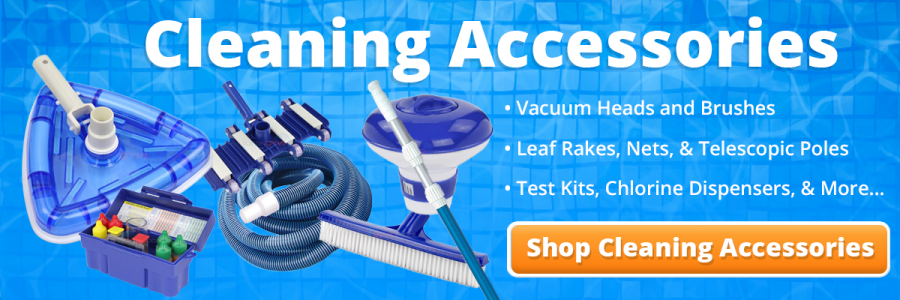
Cleaning Pool Tiles
Cleaning the tiles around your pool should be a part of your normal maintenance routine. Not only does this help prevent scum and calcium deposits from forming but it also preserves the longevity of your tile.
There are several different ways you can clean your pool tiles.
- Tile Cleaning Products & Stain Erasers
Believe it or not, there are products specifically designed to clean your pool tiles. When looking for a stain eraser, look for one with soft abrasives that remove hard substances from your tiles. For concrete pools, you can use a wet pumice stone to scrub your (wet) tiles.
On the other hand, chemical-based products can be just as effective. You can apply these chemicals directly to your tile and they can dissolve the calcium scale and buildup. - Vinegar
Yes, you can use regular household vinegar to clean your pool tiles. Simply mix the vinegar with water from your hose and gently scrub your pool tiles. In most cases, you can add this method into your normal maintenance routine. - Muriatic Acid
Of the four methods, this is the most dangerous and requires the most safety precautions. This is the go-to method if the cleaning products, stain erasers, or vingear doesn’t work.
You can find muriatic acid at your local pool store. Follow the mixing instructions and ensure to adheed to all safety requirements, as it can cause bodily harm if improperly handled. The ratio of acid and water depends on the severity of the calcium buildup. Depending on who you ask, the ratiois one to one or sixteen parts water to one part acid. - Pressure Washing
I know, I know, every pool owner doesn’t own a pressure washer. However, renting one is definitely a viable option. Before you pressure wash, we recommend inspecting your tiles to ensure they are in good shape. The pressure from the water can further damage tiles that are already chipped or cracked. - Hire A Professional
I know a lot of local pool dealers and installers think we avoid them at all costs and that’s actually not true. There are many things for which we recommend calling a professional and this is one of them. If you are unable to remove the calcium buildup along your pool tiles, don’t just ignore it. Call a professional.
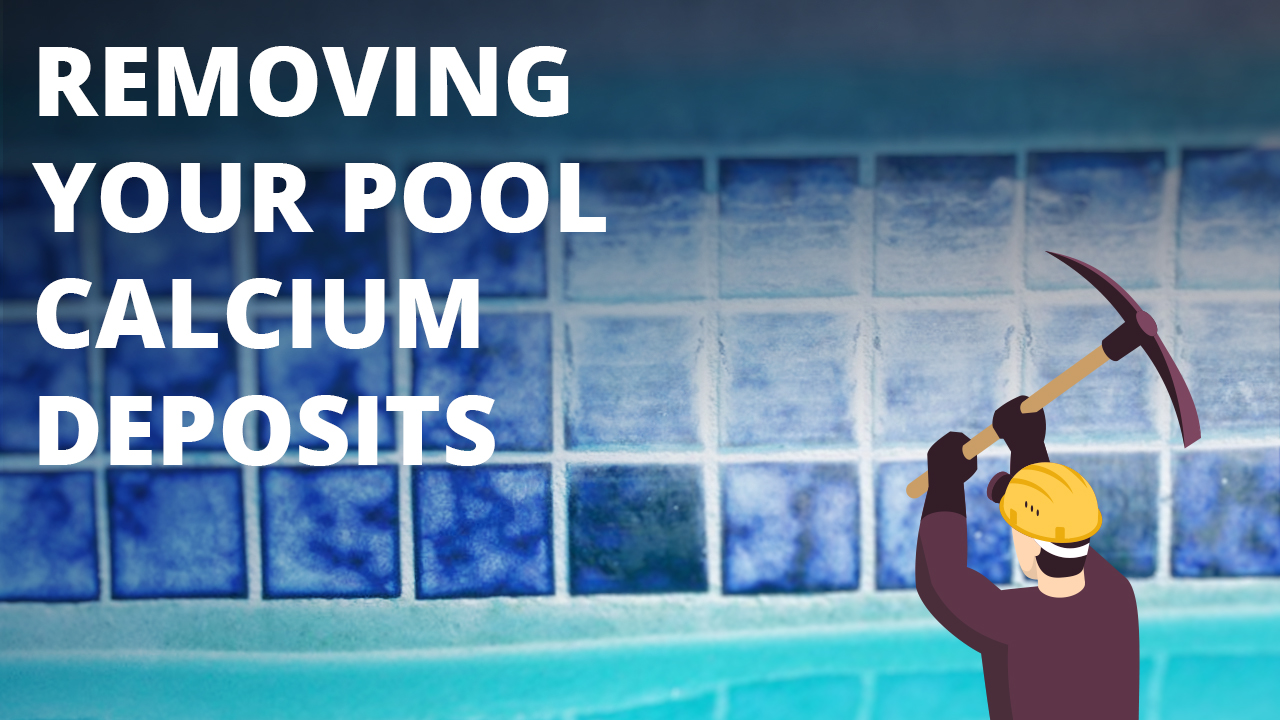
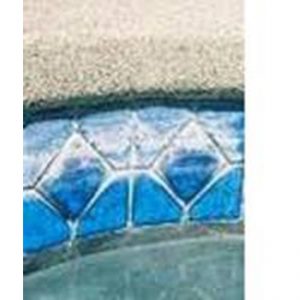
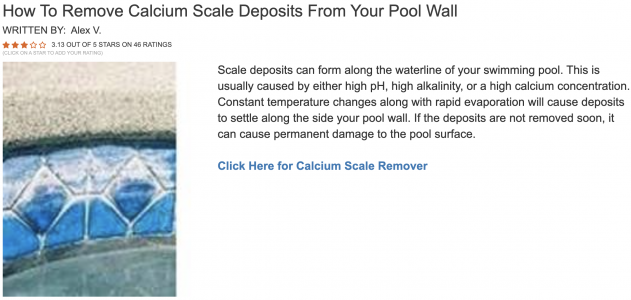
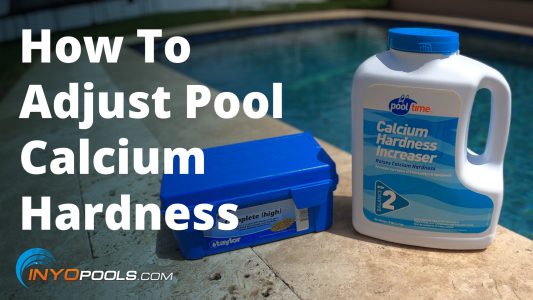






Can you use a drill at low speeds with a black brush to remove the calcium?
Do you need to use Muraitic Acid to make it work?
You could use an electric drill bit attachment, but you would still need to use the muriatic acid. The electric drill may cause more splashing, I’d make sure to wear full arm and face protection